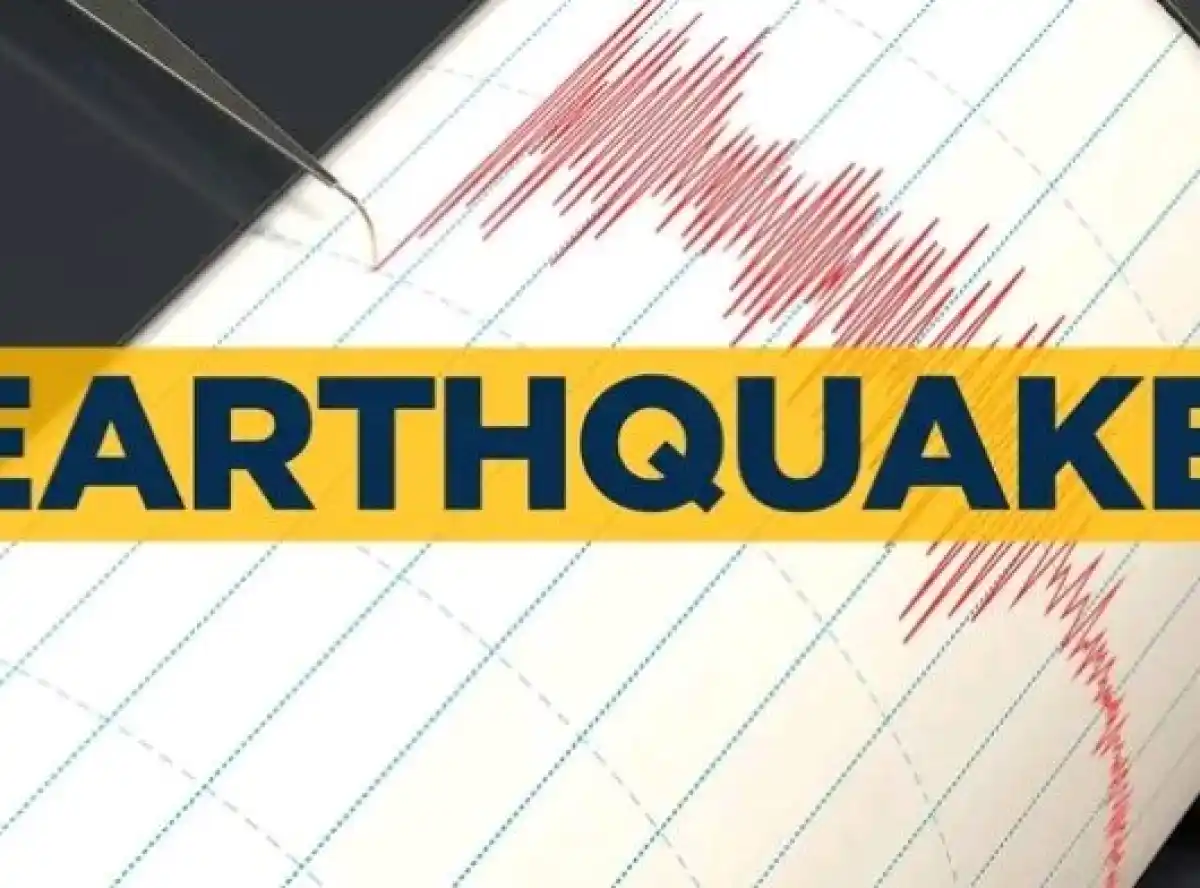

A groundbreaking scientific project has revealed that northern Malawi is at risk of devastating earthquakes, with preliminary results showing active faults beneath Lake Malawi.
The survey, conducted by Syracuse University and Northern Arizona University in collaboration with the Malawi government, has sparked concerns among local authorities.
“We’ve identified active faults beneath Lake Malawi that have the potential to cause large earthquakes,” said Patrick Chindandali, a geophysist from Northern Arizona University.
“Karonga lies within the East Africa Rift System, which already poses an earthquake threat. Our findings suggest that the area is more vulnerable than previously thought.”
The study revealed that the Livingston border fault, in particular, has the potential to cause an 8.5 magnitude earthquake.
Chindandali warned that the region needs to be prepared for the worst.
“This information can be used to save lives and property, especially in vulnerable areas like Karonga, which experienced a series of damaging earthquakes in 2009.”
District Environmental Officer for Karonga, Khumbo Mbeye, acknowledged the threat and pledged to incorporate the survey’s findings into seismic hazard maps.
“We’ll use this information to guide future developments, focusing growth on safer locations and encouraging the use of construction materials that enhance seismic resilience,” Mbeye said.
The 2009 earthquake in Karonga killed several people and damaged property, highlighting the need for preparedness.
Chindandali emphasized the importance of incorporating seismic hazard maps into urban planning.
“By doing so, we can reduce the risk of damage and loss of life in the event of an earthquake.”
As northern Malawi braces for potential earthquakes, local authorities are urged to take proactive measures to mitigate the risks.
The survey’s findings serve as a wake-up call for the region to prioritize seismic resilience and preparedness.







0 Comments